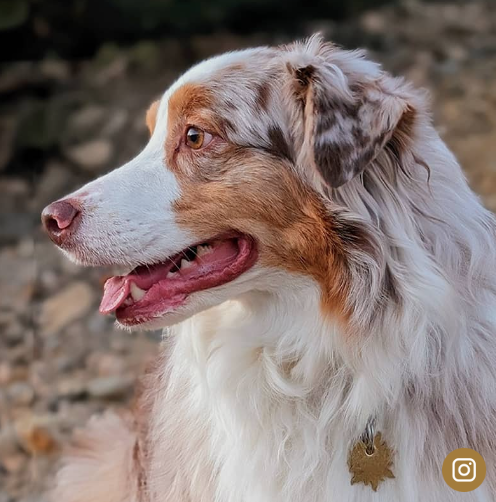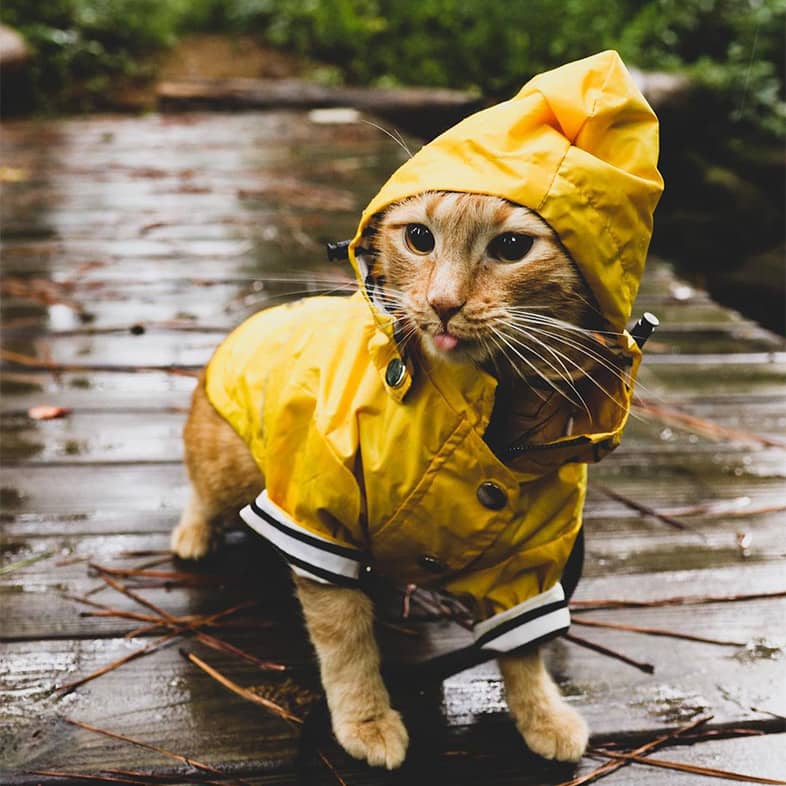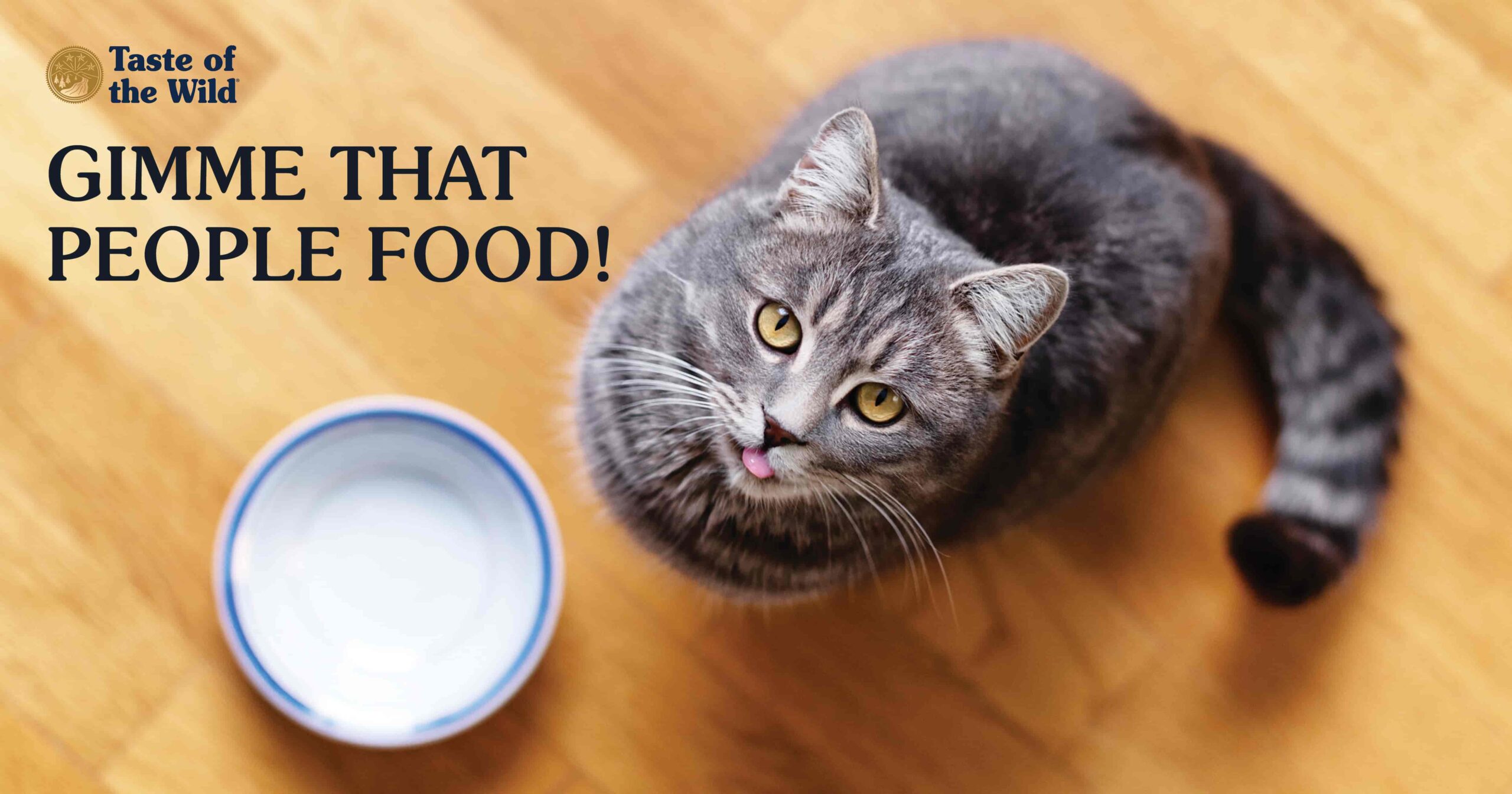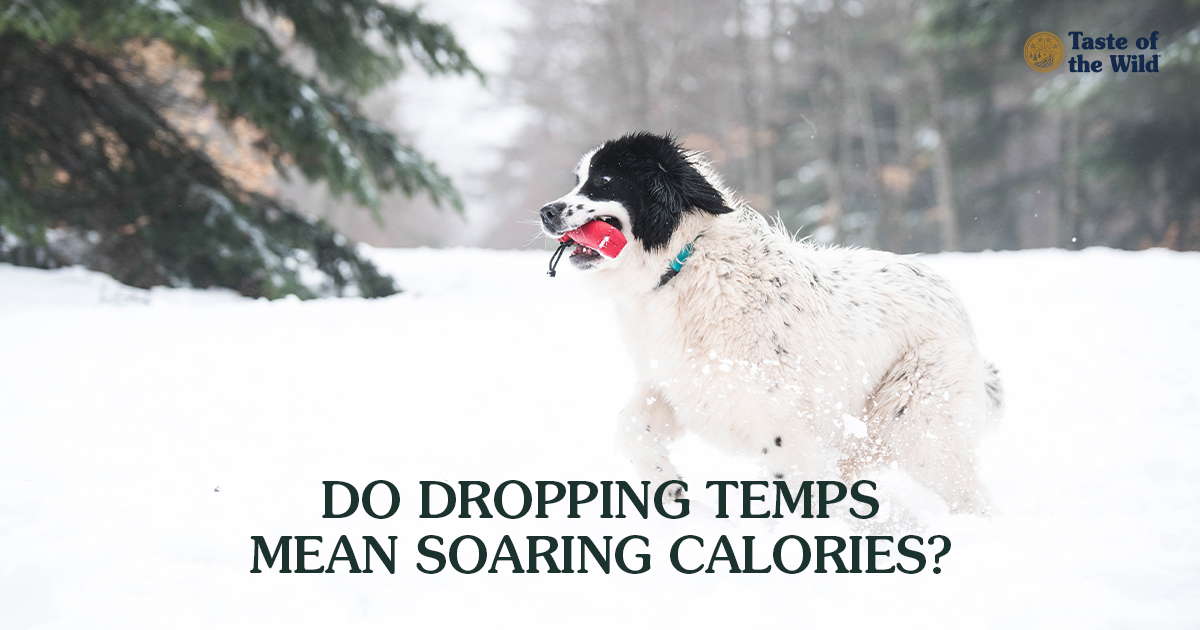The Science (and Art) of Properly Measuring Pet Food Portions
Thursday, January 16, 2020 | Nutrition

If you’re like many pet owners, you feed your dog or cat a specific amount of food that you measure out using some type of measuring cup. And you’re pretty darn accurate with your measurement, right?
Would it surprise you to learn that many pet owners aren’t all that accurate when measuring their pets’ kibble?
That’s right. According to a study done by University of Guelph veterinary researchers, pet owners need to rethink how they measure dry kibble. Consistent measurement errors such as those found in the Guelph study could lead to undernourishment, but more likely would result in weight gain or obesity.
Testing dog owners’ measuring skills
The study, which was first published in August 2019 by the journal Veterinary Record, asked 100 dog owners to use one of three common tools to measure out kibble: a standard 2-cup scoop with graduated markings, sold at a local pet store; a 2-cup liquid measuring cup typically used for baking and cooking; and a 1-cup plastic dry-ingredient measuring cup.
Participating dog owners were then asked to measure out three amounts of dry dog food — ¼ cup, ½ cup and 1 cup — using their assigned measuring cup or scoop. The volume of kibble measured by each dog owner was weighed on an electronic gram scale and compared to the correct weight.
Substantial inaccuracies were found in kibble measurements, which ranged from 48 percent too little to 152 percent too much dog food. However, measurement inaccuracy varied with the cup or scoop used and the amount being measured. Those dog owners who used the 2-cup liquid measuring cup were most likely to mismeasure all three portions. Those who were most accurate were those owners who used a 1-cup dry-ingredient measuring cup to serve 1 cup of kibble.
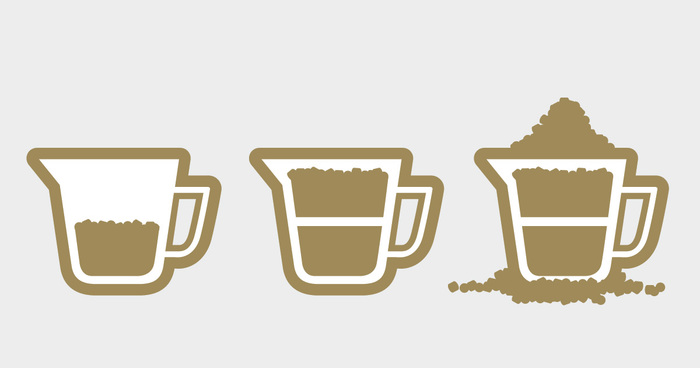
“We found it particularly concerning to see how often participants over-measured the assigned portions, particularly given that there is an ongoing problem with obesity,” said lead author Jason Coe, DVM, PhD, in a University of Guelph news release. “Dog owners can easily overfeed their animals if they don’t measure out portions correctly, putting their animals at risk of several obesity-related diseases.”
What’s a conscientious pet owner to do?
A measuring cup or scoop is the most obvious way to measure out dry dog or cat food. But as diehard bakers and food scientists know, measuring cups are imperfect tools. What can responsible dog or cat owners do?
Here are four suggestions to help you not mismeasure kibble portions:
- Use a dry-food (or ingredient) measuring cup that’s matched to the amount of kibble needed. Consider buying a set of quality dry measuring cups specifically for your pet’s food. Before you buy, check out some of the online reviews, like the ones here and here.
- Be consistent with your measurement technique each time you measure. Consider scooping kibble from the package, shaking or tapping the measuring cup gently and leveling the amount of kibble so that it’s level with the rim of the cup. (No mounds of kibble above the cup’s rim!)
- Decrease the number of times you measure kibble during the day. Simply measure out the full amount of food your dog or cat needs for the day and place it in a storage container or plastic food storage bag. Then, when it comes time to feed your pet, you can “eyeball” how you divide the food for each meal. If you feed two meals daily, then split the daily amount roughly in half. If you prefer to feed three meals daily, then split the daily amount into thirds.
- Use a kitchen food scale to weigh the amount of kibble you’re feeding your pet. According to Coe and other veterinary nutritionists, the gold standard is to weigh out food portions. Some pet food manufacturers now include the weights (in grams) of serving sizes as part of the feeding guide on their dry pet food packages. Other companies report how much an 8-ounce measuring cup of a particular food weighs in grams or ounces so you can do the math (dry-ingredient measuring cups measure by volume, not weight).
If you want to start weighing your pet’s kibble but the feeding guide only includes volume measurements, contact the pet food manufacturer’s customer service team for information. You can reach the Taste of the Wild customer service team by calling 1-800-342-4808. The weight of 1 cup of food varies from one formula to the next, so you’ll want to know which brand and formula you’re feeding when asking for information.
Portion size is important
Feeding the correct amount of food is as important to your pet’s nutrition and overall health as choosing the “right” food. A pet’s nutrient requirements aren’t just met by the nutrient levels in a food. The amount of food offered and eaten, including treats, help satisfy a pet’s nutritional needs. If you have questions about what and how much to feed your pet, please talk with your veterinarian.
RELATED POST: Selecting the Right Food for Your Cat
RELATED POST: Should I Spend the Money on a Breed-Specific Diet?
The information in this blog has been developed with our veterinarian and is designed to help educate pet parents. If you have questions or concerns about your pet’s health or nutrition, please talk with your veterinarian.
